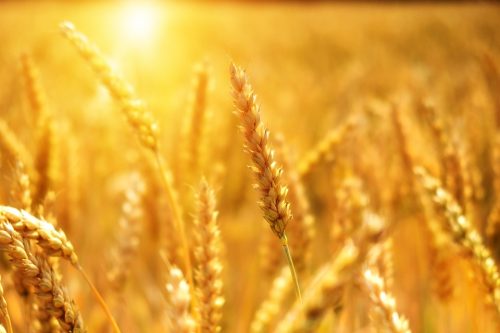Agriculture Apps: Investing in Farming Without Owning a Farm
Investing in agriculture is an excellent strategic decision regardless of the economy’s state. And the point is not only that the need for food always exists, but also that as the world’s population grows, agriculture plays an increasingly important role in supplying society with products. At the same time, many people are stopped from such investments by needing severe businesses in their enterprises. However, today investors do not have to do this. Here’s how to fund agriculture without a farm.
Contents
The Rise of Mobile and Cloud-based Apps
In the context of increasing resource scarcity and environmental pollution, the problems of sustainable agriculture have become more relevant. Previously unassociated with farming, mobile apps like EOS Crop Monitoring now help manufacturers achieve sustainable production while maximizing economic value. The introduction of mobile and cloud-based apps creates innovative services suitable for developed and developing countries for large and small farmers. With their help, producers can get valuable information about the state of the market, weather conditions, insurance, lending, and interact with each other to achieve better results.
Trends That Favor Mobile-app Usage
The use of mobile phones and applications in developing countries constantly grows, and therefore the introduction of technologies in agriculture in such regions becomes increasingly essential. There are several trends that contribute to the further spread of such mobile services.
Communication between agricultural producers around the world
Dedicated agricultural applications provide farmers with the knowledge to maximize farm productivity while conserving resources, regardless of location. In this way, producers can exchange helpful information and plan and organize production by the needs of a growing population.
Mobile application integration
If every agricultural startup had earlier sought to create its own application, now suppliers try to integrate their solutions into existing platforms. This trend is because it is inconvenient for users to use multiple applications. It is much more convenient to expand the infrastructure of the one already installed program. Moreover, it is also helpful for the providers themselves since investing in an application used by a narrow circle of people is not economically viable.
Simplicity and ease of use
Today, many applications aim to onboard users quickly to get started efficiently. Also, solution providers try to make their products as accessible as possible so that people can immediately see the value of an application. It also includes the demand for real-time updates that allow farmers to receive practical information and use truly effective technologies quickly.
Mobile Apps From Across the World
There are agricultural applications that specialize in specific tasks all over the world. Here are some examples.
Reuters Market Light (RML)
It is an SMS service that provides information about the prices of raw materials, the characteristics of growing crops, and weather changes in a particular region. Manufacturers can monitor market price fluctuations to adjust trading operations with this service. To get up-to-date data, farmers need to subscribe.
FarmerLink
This app is targeted at Filipino coconut growers. It allows local farmers to build a strategy for producing and marketing goods based on satellite data. In particular, with its help, agriculture can predict and detect dangerous diseases and pests.
Vodacom and GIZ’s solution
Vodacom and GIZ have teamed up to launch an app to support smallholder South African farmers. They provide sustainable farming services to improve production outcomes and reduce risks. It allows manufacturers to cooperate with retailers, which entails an increase in commercially successful farms.
Other Ways to Invest in Agriculture
In addition to creating applications, there are other ways to invest in agriculture. Let’s consider several options.
Farm REITs
Investments through specialized real estate investment trusts REITs allow investors to own shares in several farms at once. Moreover, such agricultural enterprises have greater liquidity since selling a farm is more complex than shares on the stock exchange.
Agriculture stocks
As mentioned above, shares allow investors to co-own an agricultural enterprise and receive profit from production. Make public companies that can grow crops or work in industries that support farmers.
Support industries
Supporting companies are a good source of capital investment. Their products are always in demand by the agricultural industry, as they directly supply it with the necessary resources. Among the most prominent companies, we can distinguish the following areas:
- seeds and fertilizers;
- equipment;
- processing and distribution of agricultural products.
Each of these areas can bring high income to an investor. However, to maximize profits, you should carefully consider the percentage that, for example, distributors of equipment or transportation of goods receive.
There are different ways to invest in agriculture without owning a farm. These options may be a better investment for people who do not want to farm directly. Moreover, investments in mobile applications and modern equipment contribute to the development of sustainable agriculture, which is beneficial from an economic, social, and environmental point of view.


